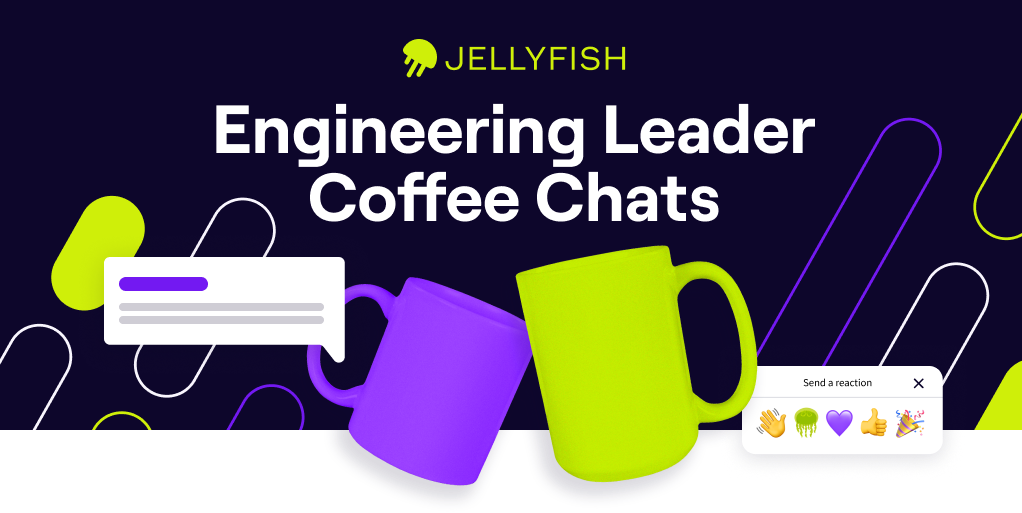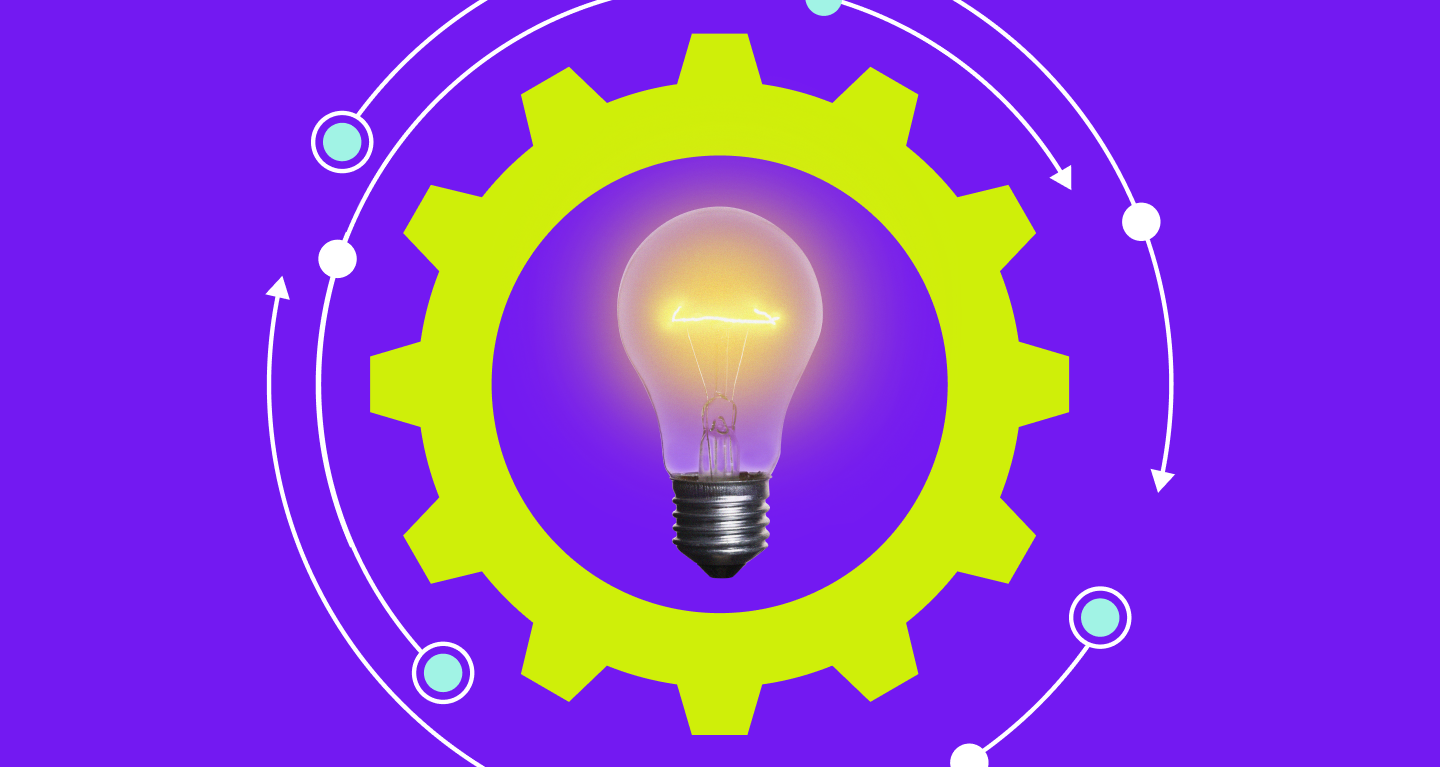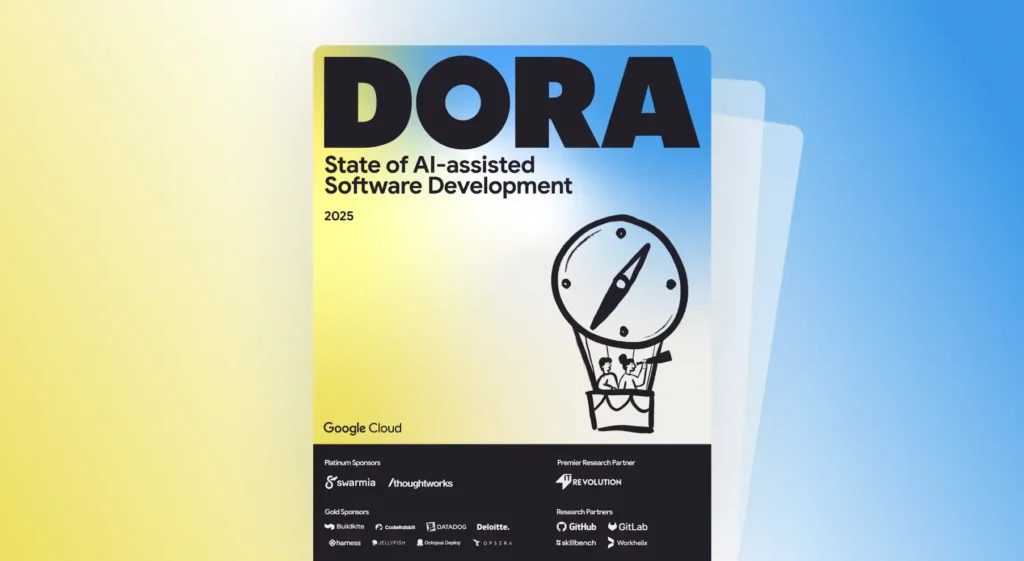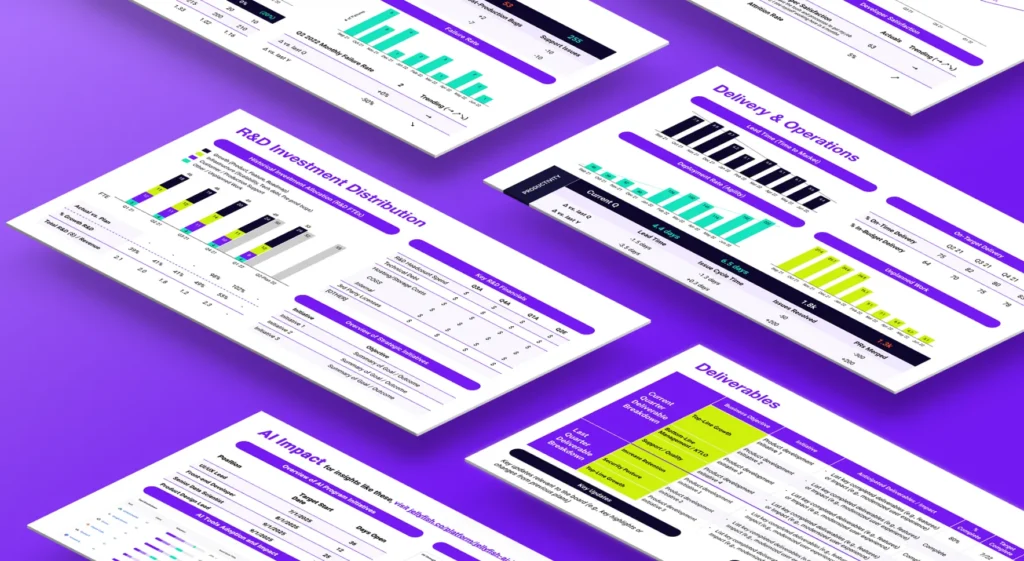Each month Jellyfish brings together engineering leaders to discuss what’s on their mind, professional learnings, best practices, challenges and everything in between – no Jellyfish talk allowed.
I was thrilled to join the March Coffee Chat along with moderator Luke Stevens, Director of Engineering at Jellyfish, and guest speaker Gelu Ticala, CTO at Kinaxis. The conversation was broadly focused on innovation in the post-ZIRP economic environment and all that goes with it.
Here are a few key takeaways from the March event:
Efficiency is a top priority
Efficiency is a top priority
There was strong consensus from the group that things are different than they used to be. As engineering leaders, this means we need to ensure capital efficiency including holding investments accountable to delivering ROI.
The current economic shift is placing extra pressure on engineering leaders to deliver innovation with efficiency. That said, none of the basic imperatives behind innovation have changed: innovation is a key driver of growth, innovation is key to competitiveness, and innovation is even critical to driving down costs and achieving better efficiency. In other words, engineering leaders are fundamentally being asked to do more with less.
Create a culture conducive to innovation
Create a culture conducive to innovation
One essential idea in this economic climate centers around creating a culture and ways of working that are conducive to innovation. So much emphasis on efficiency can make teams conservative and unwilling to try out new ideas. We need to create permission structures for teams to innovate. Among other things, this means intentionally fostering a culture that allows and even celebrates failure (as long as it is managed well and comes with appropriate learnings). And it’s important that leaders encourage teams to focus on problems with an open mind rather than specific solutions.
“Fall in love with the problem, not with the solution.”
Context is key
Context is key
During the coffee chat, the group agreed that teams that understand the end user problem thrive. One participant described how their team asked for more customer contact to better understand customer pains and opportunities. Creating an engineering culture of customer curiosity and empathy is a major innovation unlock.
Understand the total cost of innovation
Understand the total cost of innovation
Also essential to innovation is understanding the “total cost of innovation.” In other words, just having an idea and delivering the code – either a feature or an internal improvement – doesn’t necessarily deliver the last mile of value.
Companies need to ensure that any innovation is set up for success with other functions. For instance, new improvements need the appropriate marketing, sales enablement, customer success enablement, and so forth. Especially in this efficiency-focused environment, we need to make sure anything we build is aligned with appropriate downstream capacity to connect to ROI.
Prioritize measurement
Prioritize measurement
Given the focus on efficiency, engineering leaders should place a premium on measurement, including ensuring that our allocation on innovation is appropriate and meets the intended level.
Many efficiency investments such as platform improvements, enhanced developer tooling, improved developer experience, etc. are proven approaches, but we need to hold them accountable to driving concrete efficiency improvements, like improving the percentage of capacity spent on innovation.
Coping with remote and hybrid work
Coping with remote and hybrid work
The rapid adoption of remote work and the continued remote and hybrid environment post-COVID has posed a problem for innovation. For example, R&D teams can innovate much more quickly in person – in front of a whiteboard – than they can scattered around the country or globe. Coming together, as one participant noted, also creates psychological safety where team members are encouraged to share their ideas. Engineering leaders need to therefore make appropriate investments to compensate for the challenges of remote development. For example, this could be as simple as ensuring appropriate offsite budgets, holding hackathons, or creating time and space for in person meetings.
Innovating together
Innovating together
Innovation on its own is easy to cast aside and say there’s no time for it. But it’s not only one of the most important parts of an engineering leader’s job, it can be the most fun. For more takeaways from Jellyfish’s March Coffee Chat, you can tune into the full recording here.

Hot Coffee & Hot Takes
Be the first to know about our next Coffee Chat, happening in May!
Follow us on LinkedInAbout the author

Adam Ferrari is an Advisor to Jellyfish. He is the former SVP Engineering at Starburst and EVP Engineering at Salsify. Subscribe to his newsletter, Engineering Together, here.





